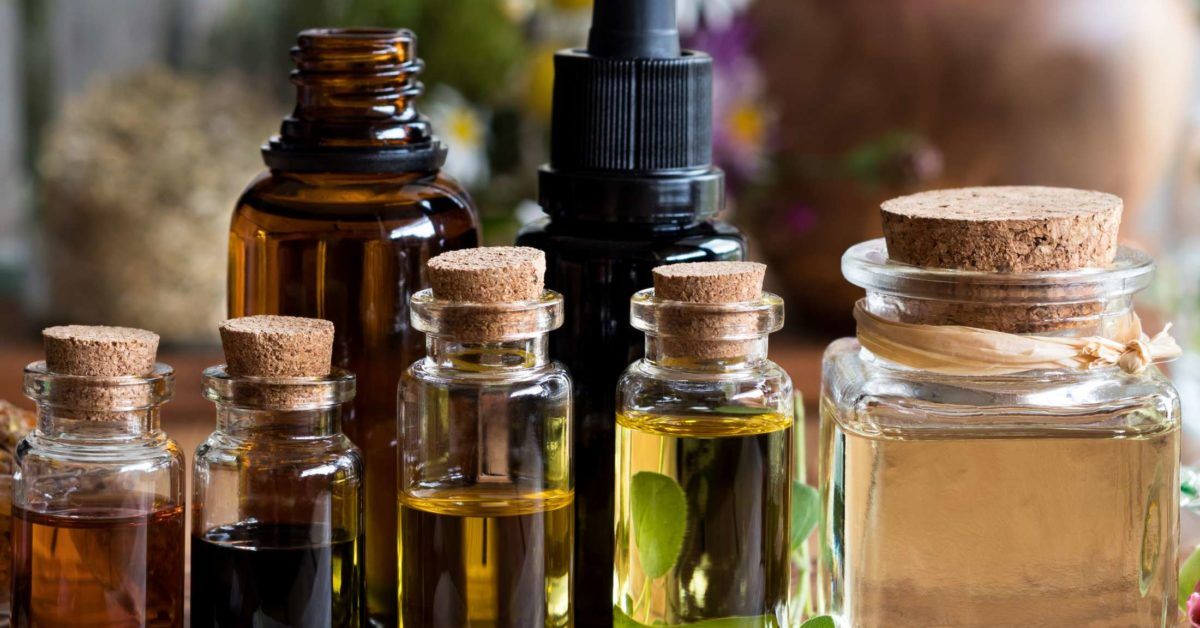
### The Buzz and Truth About Essential Oils and Herbs in Healthcare
In the last few years, the trend surrounding essential oils and herbs has surged, driven by a growing consumer enthusiasm for natural alternatives and an avoidance of synthetic substances. A brief walk through the wellness section of any health food store or a quick scroll through social media unveils numerous products claiming essential oils and plant extracts can remedy a range of issues from anxiety to microbial ailments. While some assertions are rooted in genuine science, others rest on unstable or overly simplistic readings of preliminary research.
So, what portion of this excitement is genuinely substantiated by science? By examining a recent article in *The Atlantic* that labels essential oils as “the new antibiotics,” we can delve into the opportunities and challenges presented by the medicinal use of plant-based compounds, particularly in areas such as infection management, antisepsis, and antibiotic innovation.
—
### The Promising Role of Essential Oils in Livestock Nutrition
One of the more pragmatic assertions in the article pertains to the application of essential oils, like oregano oil, in livestock feed to decrease antibiotic use. The excessive application of antibiotics in farming has long drawn criticism for fostering antimicrobial resistance, which endangers human health by creating resistant bacteria that no current medication can handle. The premise here is that essential oils may provide a viable alternative to enhance livestock health and minimize infections without exacerbating microbe resistance.
Research supports that certain oils, including oregano oil, display antimicrobial characteristics beneficial for farm animals. Some farmers have noted enhancements in animal wellbeing after integrating these oils into feed blends, potentially lowering the necessity for preventive antibiotics. However, the efficacy may fluctuate based on numerous factors, including concentration, specific microbial strains, and the dietary patterns of the animals.
Nevertheless, while this method indicates potential, uncertainties linger regarding its scalability, consistency, and economic viability for mass agricultural operations. Essential oils present certain challenges, such as variability stemming from their plant origins and extraction methodologies.
—
### Tea Tree Oil: A Reliable Antiseptic Agent
The second argument presented in the *Atlantic* piece—asserting that essential oils like tea tree oil possess antiseptic capabilities and are effective in products such as hand sanitizers—is well-documented. Tea tree oil has been acknowledged for its antimicrobial properties and its extensive application in personal hygiene and cleaning products. It contains beneficial compounds, such as terpinen-4-ol, that effectively neutralize or inhibit a variety of common microbes, making it advantageous for topical applications.
However, while tea tree oil is an effective surface disinfectant or preservative in products like creams or cleansers, not all essential oils marketed as “antimicrobial” share these therapeutic qualities. The attributes needed for an effective antiseptic (focused on surface treatment) differ from those necessary for systemic medications targeting deeper infections within the body.
—
### The Obstacles in Developing Antibiotics from Essential Oils
The article’s boldest claim, suggesting that essential oils like oregano oil could evolve into antibiotics, raises important considerations. While specific components of these oils (such as thymol and carvacrol in oregano oil) demonstrate antimicrobial effects in laboratory settings, this alone does not substantiate their potential as effective or safe antibiotics for systemic application in humans or animals.
To grasp the rationale, we can break it down through two essential criteria for antibiotic substances:
1. **Minimum Inhibitory Concentration (MIC):**
– The MIC represents the lowest concentration of a substance necessary to prevent microbial growth. Typically, lower MIC values imply greater potency, as smaller amounts suffice to produce an effect.
– Investigations on thymol and carvacrol reveal elevated MIC values against numerous bacteria, indicating they are less potent compared to current antibiotics. For example, while vancomycin-resistant *Staphylococcus aureus* (VRSA) has an MIC threshold of 16 parts per million (ppm), thymol and carvacrol necessitate concentrations exceeding 140–175 ppm to exhibit comparable outcomes. Reduced MIC values are vital for manageable drug dosing.
2. **Toxicity and Dosing Viability:**
– An antibiotic must demonstrate toxicity toward bacteria at considerably lower concentrations than it does to human cells. Numerous substances lethal to bacteria may pose excessive toxicity to humans at effective levels, rendering them impractical as pharmaceutical options (e.g., bleach or salt).
– Carvacrol and thymol are poorly soluble in water and quickly metabolized by the body, complicating the maintenance of therapeutic levels in the bloodstream without administering doses that might cause toxicity or other adverse effects.
These hurdles underscore the significant distance between “antimicrobial efficacy in a lab dish” and “clinically viable antibiotic.” Substances like bleach, ethanol, and salt can eradicate bacteria in petri dishes, but there are clear reasons we would never consider ingesting them to treat infections.
Additionally, thymol and carvacrol are already effectively utilized in common products such as mouthwash, where their higher concentrations (hund